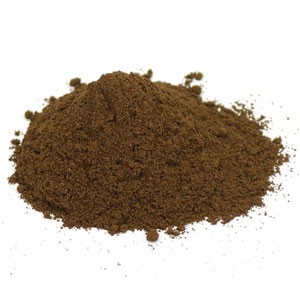- Mild constipation- use with
Berberis and
Taraxacum.
- Skin disorders- use with
Yellow dock and
Burdock.
- Hemorrhoids- use with
Lesser Celandine. [1] British Herbal Pharmacopoeia 1983
Published by the British Herbal Medicine Association ISBN 0 903032 07 4.
[2] Herbal Materia Medica Course Notes For Diploma of Naturopathy and Diploma
of Herbalism Students by Lydia Mottram.
[3] Potter's New Cyclopaedia of Botanical Drugs and Preparations R.C.
Wren Revised by Elizabeth M. Williamson and Fred J Evans. First published in
Great Britain in 1988 and reprinted in 1989 and 1994 by the C. W. Daniel Company
Limited. 1 Church Path, Saffron Walden Essex. Published 1988 Printed and bound
by Biddles, Guildford ISBN 085207 1973.
[4] Goncalves de Lima, O.
et al. (1972) via CA 81:86157
Images
1.
davisla6.files.wordpress.com
2.
starwest-botanicals.com [1] British Herbal Pharmacopoeia 1983 Published
by the British Herbal Medicine Association ISBN 0 903032 07 4.
[2] Herbal Materia Medica Course Notes For Diploma of Naturopathy and Diploma
of Herbalism Students by Lydia Mottram.
[3] Goncalves de Lima, O. et al. (1972) via CA 81:86157
[4] Drogenkunde, 8th ed. Heinz, A., Hoppe. Pub. W. de Gruyter (1975) Berlin
 Juglans
cinerea. J. cineraria
Butternut bark,
White walnut, Lemon walnut, Oilnut
Family: Juglandaceae
Juglans
cinerea. J. cineraria
Butternut bark,
White walnut, Lemon walnut, Oilnut
Family: Juglandaceae
